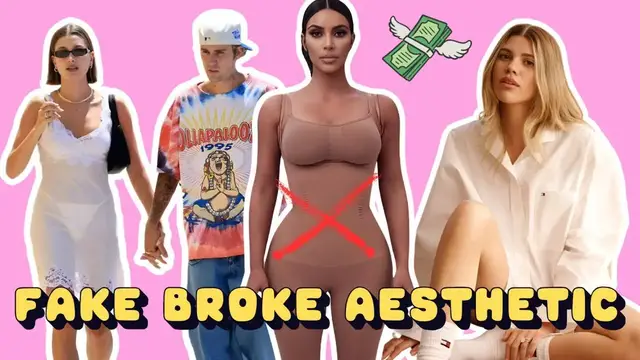
Why Minimalism Became a Status Symbol
Jul 23, 2025
Why is “rich girl minimalism” suddenly everywhere—and why does it only seem to work when you’re already wealthy? In this video essay, I unpack the class politics behind the rise of aesthetic frugality, quiet luxury, and minimalist fashion. From Sofia Richie’s viral wedding to the clean girl aesthetic dominating TikTok, minimalism has been rebranded as aspirational. But when does living with less become a performance—and when is it just survival dressed up as style?
We’ll explore how minimalist fashion has evolved from a philosophy into a high-status signal, why looking broke is only socially acceptable when it’s attached to wealth, and how today’s aesthetic trends echo historical periods of forced frugality, like the Great Depression and post-recession fashion. This isn’t just a trend—it’s a reflection of class systems, economic pressure, and how social media rewards curated restraint while ignoring lived realities.
If you’ve ever felt pressure to turn financial limitations into a lifestyle, or wondered why minimalism looks different depending on who’s doing it, this video is for you. Let’s talk about why frugality only gets celebrated when it looks expensive—and what it means to reclaim simplicity without romanticizing struggle.
Be sure to share your thoughts in the comments: Have you ever embraced minimalism out of necessity? Do you think aesthetic frugality is empowering—or just a filtered version of economic survival? I’d love to hear your story.
Join this channel to get access to perks:
https://www.youtube.com/channel/UCM4hiMCyAEMxibzIYrOKD5Q/join
#Minimalism #QuietLuxury #Frugality #ClassPolitics #CleanGirlAesthetic #AestheticCulture #TikTokTrends #RichGirlMinimalism #FashionCommentary #VideoEssay #LuxuryFashion #Recessioncore
Show More Show Less #education
#Social Issues & Advocacy
#Human Rights & Liberties


